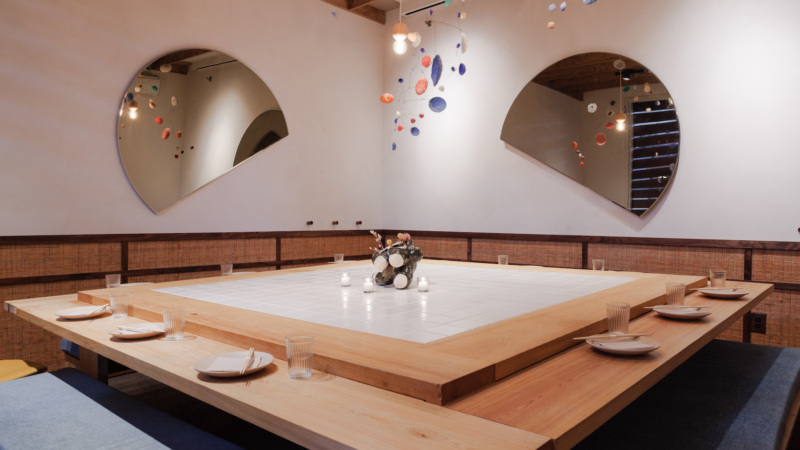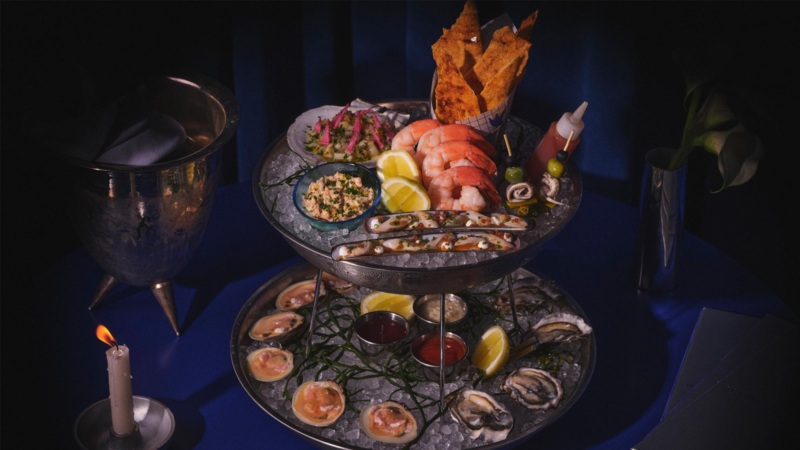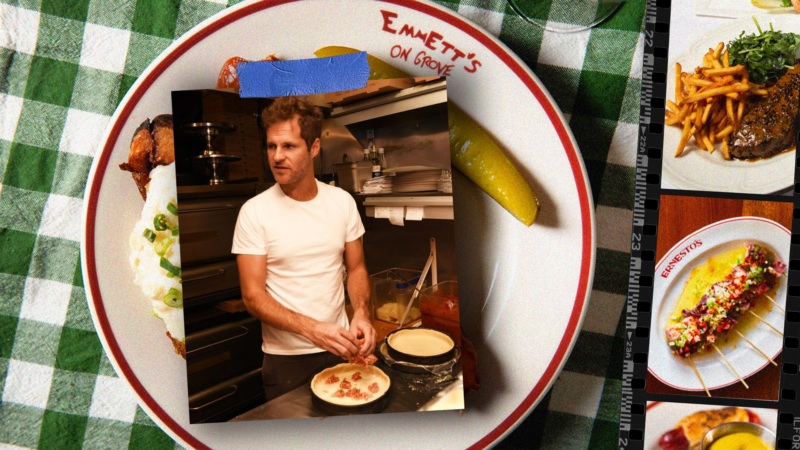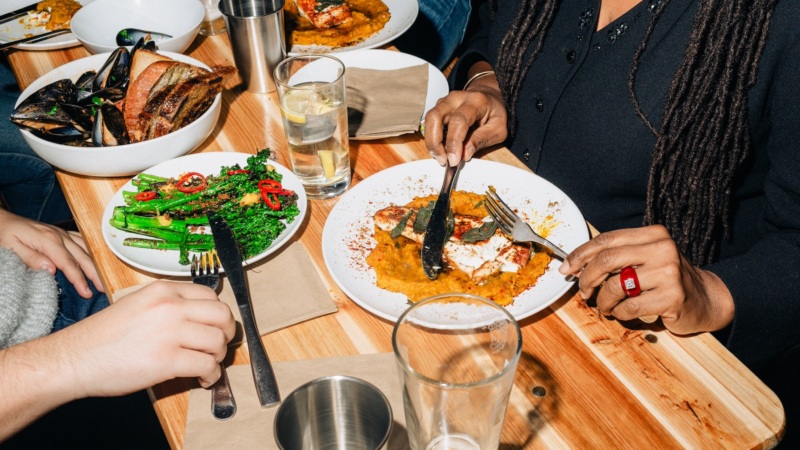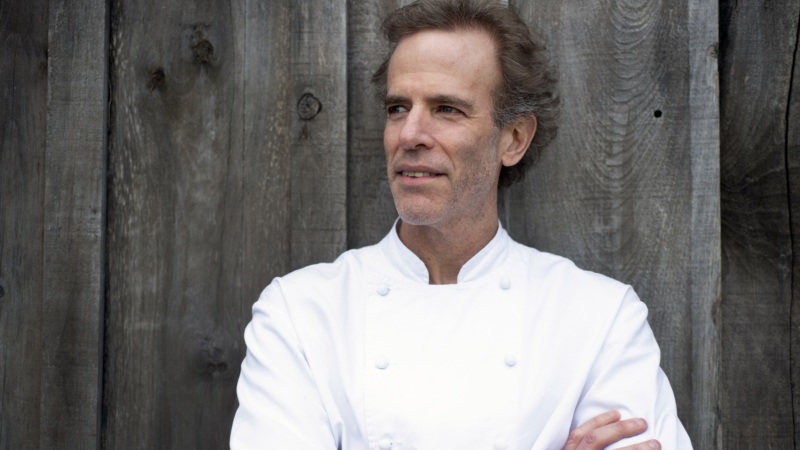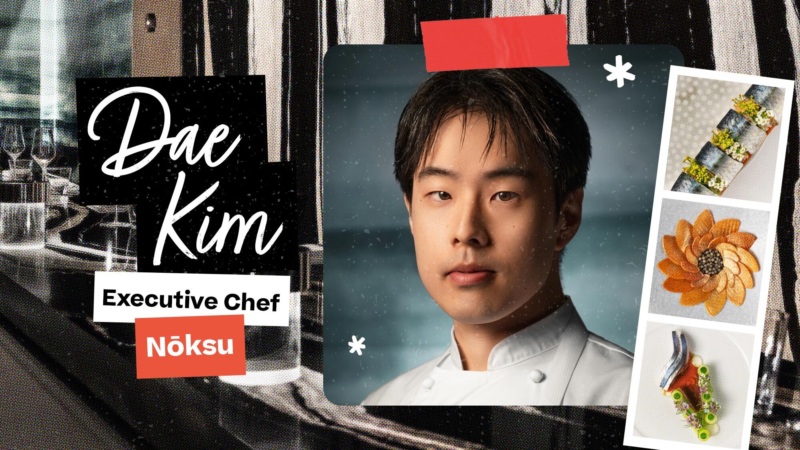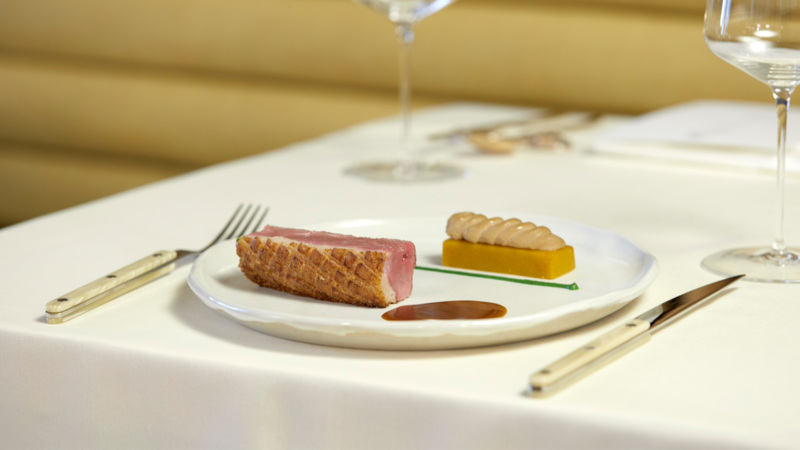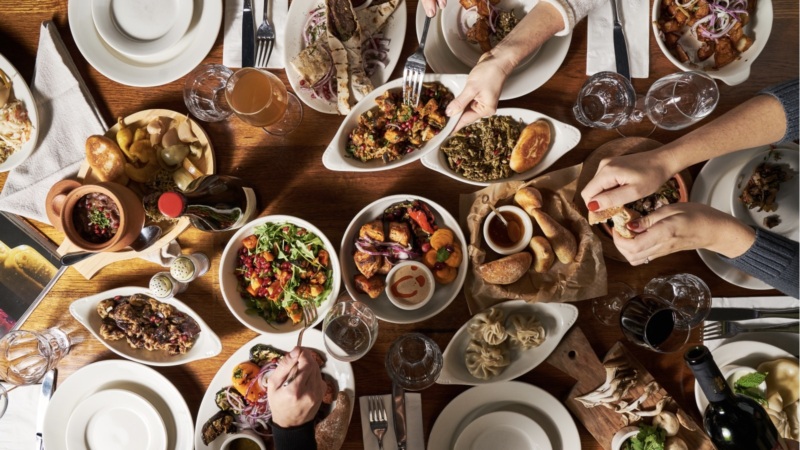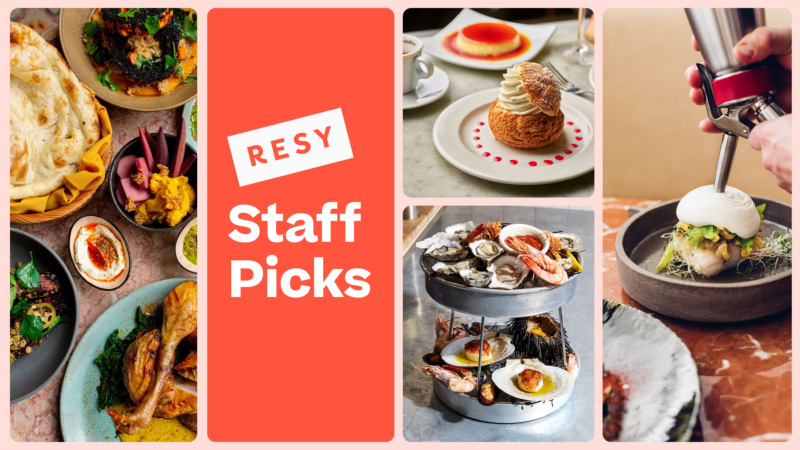
How Sarashina Horii Exalts Their Prized White Soba, as Seen In Five Dishes
It took 232 years for the historic Japanese soba shop Sarashina Horii — lauded for its rarefied white soba noodles — to make its way from the Japanese imperial courts to a sleek new home in Manhattan’s Flatiron neighborhood this August.
What sets Sarashina Horii’s prized soba noodles apart from others is how they’re made. Before being made into soba, the buckwheat seeds are painstakingly broken down to a white core, producing a smoother, softer, and slightly sweeter soba noodle, known as sarashina, or white soba.
The restaurant’s fourth installment — there are three locations in Japan — is helmed by chef Tsuyoshi Hori. Despite an only coincidental relation to ninth-generation owner Yoshinori Horii, Hori’s first memories of soba trace all the way back to his childhood when, at five years old, he first found himself in the kitchen of his family’s Yabukya soba restaurant in Kanagawa Prefecture, just south of Tokyo. He later trained at Sarashina No Sato, another venerable soba specialist in Japan, where he learned that “there’s so much more to soba.”
In New York, the sarashina flour is shipped straight from Hokkaido, Japan, and Hori kneads, pulls, and cuts up the resulting dough into six batches of 40 servings throughout the day.
“It’s very delicate, and it breaks apart easily, so it has to be handled with care,” he explains. “You have to be especially gentle when you’re transferring the soba from the cutting machine.” By contrast, Sarashina Horii’s brown-colored mori noodles, which are made with whole buckwheat seeds, require 10 fewer minutes to spool together.
Soba aside, Hori has built a menu in New York that expands on what you’d find in Japan, and takes advantage of what’s available to him here. Limited Japanese exports and the particularities of produce in New York initially had Hori scratching his head. For example, how do you substitute a Tokyo scallion? After rounds of experimentation, he finally settled on a sweet selection of leeks.
The resulting menu — which includes both à la carte and tasting menus — features unagi nasu (grilled eel and eggplant), hamaguri (hard clam soba), and snow crab salad with a Fuji apple dressing, among other dishes.
Hori has no particular instructions on how to eat your way through his menu, but he does have one piece of advice: “Slurp your noodles. When you slurp your noodles, it enhances the flavor because it hits the palate differently. It really changes your whole experience of eating soba.”
Here, he breaks down five of his dishes from the New York outpost of Sarashina Horii.
- What Double Chicken Please’s Bar Back Menu Is All About, Through Five Dishes
- Samuel Clonts and Ray Trinh’s Accessible Fine Dining at Sixty Three Clinton, As Seen Through Five Dishes
- New York Has Incredible Mexican Food. Here’s Where to Find It.
- The Resy Guide to Outdoor Dining in New York
- 10 Great New York Tasting Menus Under $100
- Today New York Has Some of the Best Vietnamese Food in America. Here’s Why.
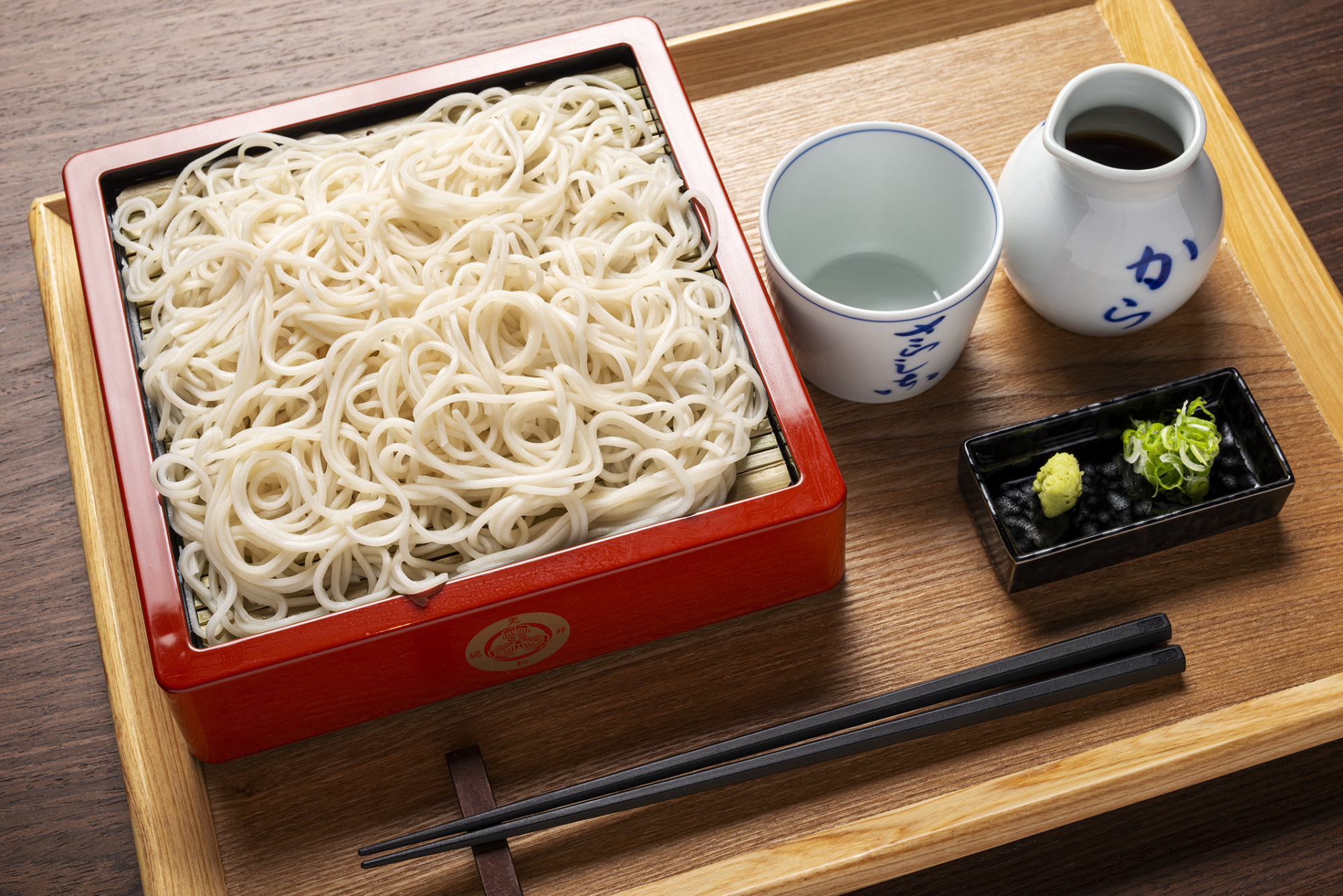
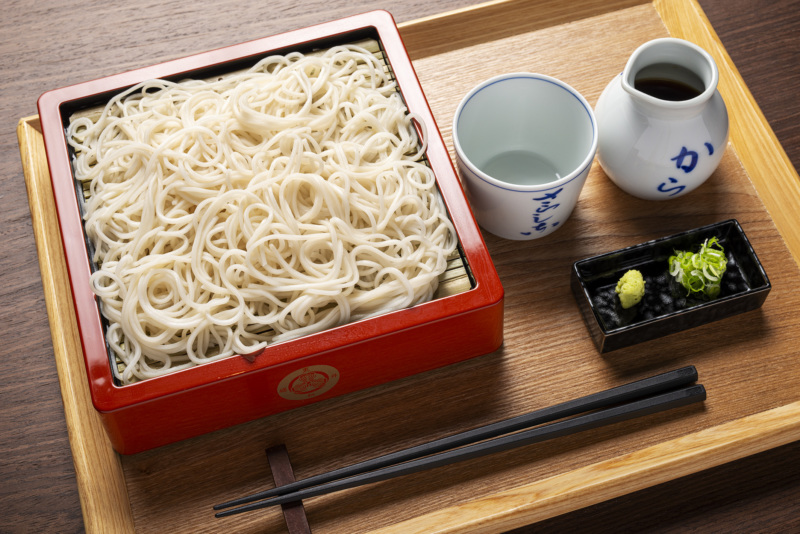
1. Sarashina Soba
“The sarashina is our signature. I recommend trying it both hot and cold, but for cold soba, you can enjoy the full flavor and aroma of the soba by itself. Also, the texture is much different as opposed to if you eat it hot where it might be softer [because it’s in broth]. You’ll be dipping the cold soba into the tsuyu, a saltier, chilled dipping sauce. It’s made of kaeshi — a base of soy sauce and sugar — and we mix in the dashi from Katsuo bushi (bonito) and mirin, but we’ll burn all the alcohol out of it. We use dashi from Kongou bushi, a mix of bonito and mackerel, for our hot soba broth.
“We tell our customers to keep a little of your tsuyu dipping sauce left to mix with the soba yu. That’s the soba boiling water with all the nutrients that were lost from the soba, so it’s very healthy. And after a heavy meal, especially if you have fatty foods, you have something nice and light to drink down, and it helps wash away that oil. We serve it at the end, before dessert. We don’t bring it out too early because the starch can settle to the bottom. And you want it served hot. And it’s at no charge.”

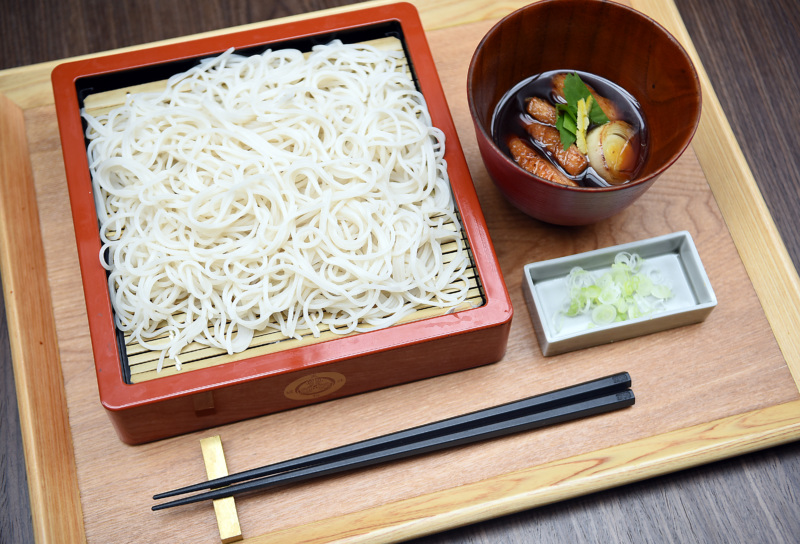
2. Kamo Tsuke
“Most people think duck is very fatty because of the skin, but our preparation of duck is very light and very healthy. We source the duck locally in New York, so this is a dish they don’t have in Japan. It’s the Rouen duck, and we only use the breast part. We render down all the fat to make sure that there isn’t too much fat in the soup. The soup is very light and subtle, and it has a hint of yuzu; we only use the yuzu zest. That’s what gives it that nice depth, that citrusy aroma. We also sear the duck before we put it into the soup.”
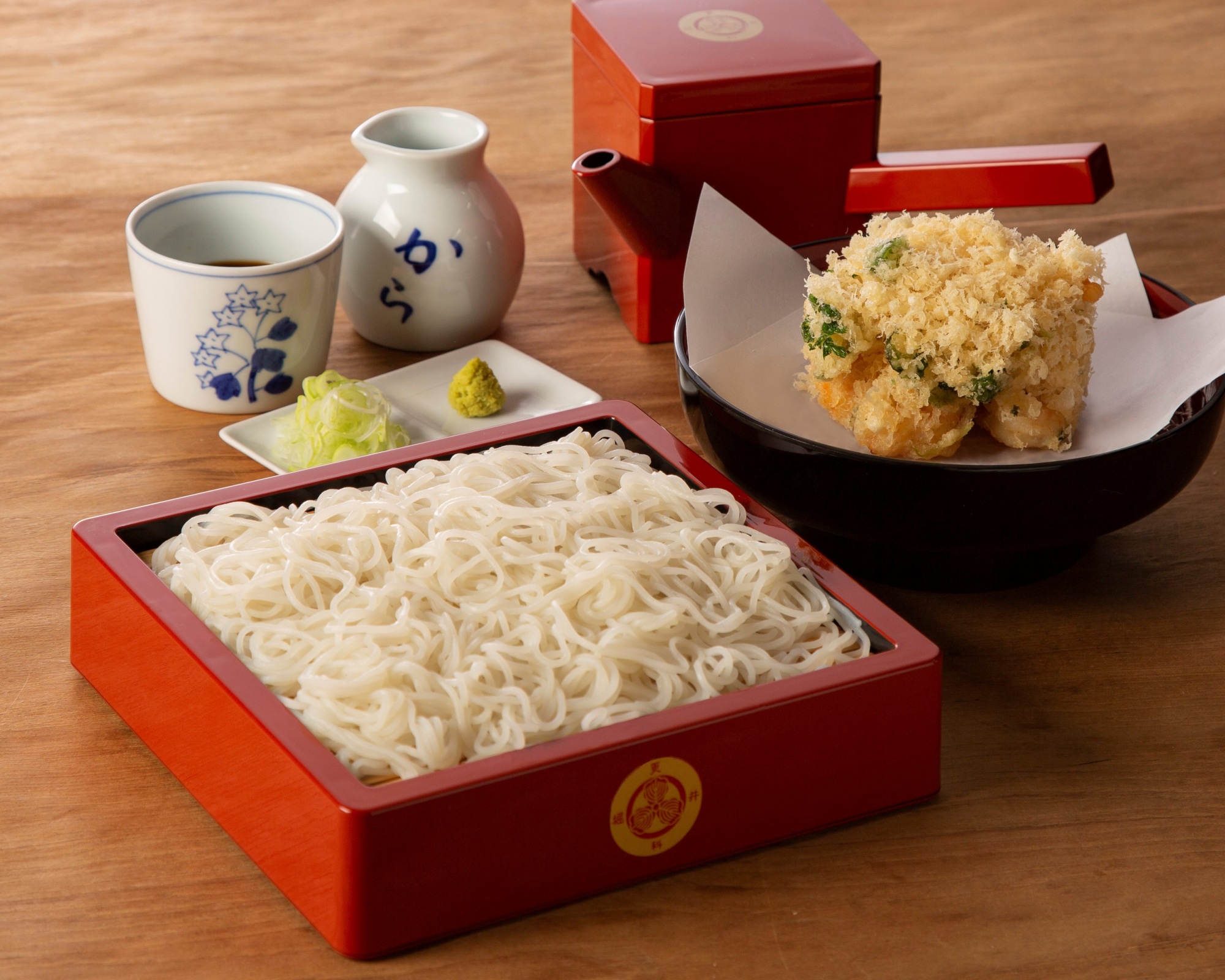
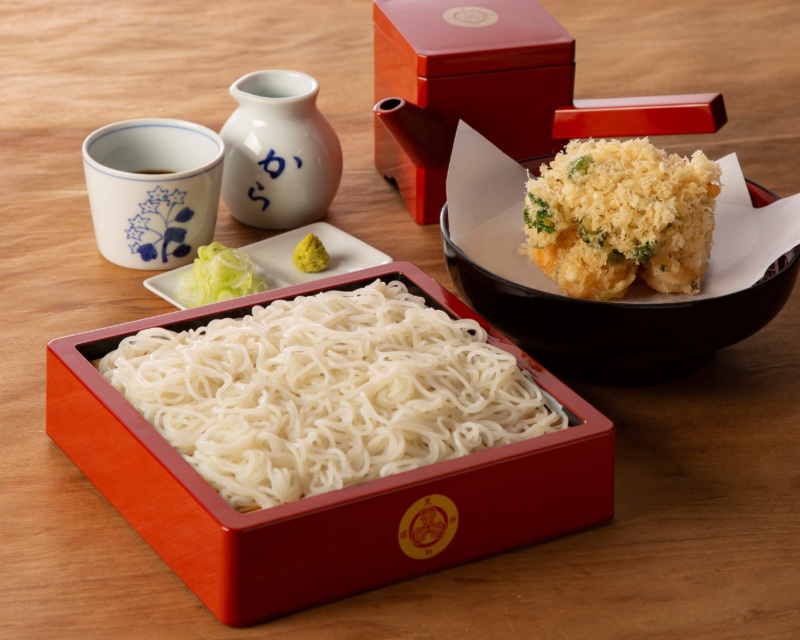
3. Kakiage Tempura Soba
“For every tempura, we want it to be flaky and crunchy, but also not too oily. Most people use soybean oil to fry the tempura, but we use two different kinds of oil: cottonseed oil and sesame oil. Our sesame oil is very neutral with no smell to it at all. It’s a premium sesame oil that doesn’t have that sesame-oil smell, because they don’t toast the sesame seed. Sometimes when you eat fried food, you feel that it’s a little heavy, but by using these two oils — they’re lighter than soybean oil — we kind of get rid of that, and it just feels much lighter.
“The kakiage tempura is probably the most difficult dish to make, because ours is like a tower. We have to put in every shrimp, one by one, and then make them go around in a circle in this special fryer basket that we use as a mold. After we fry the shrimp, we’ll put the mitsuba (Japanese wild parsley) on top and then a little bit of extra batter on top so it gives it that crunchy texture and looks flaky and gives its whole shape. It’s all served with a dipping sauce and moshio seaweed salt.”
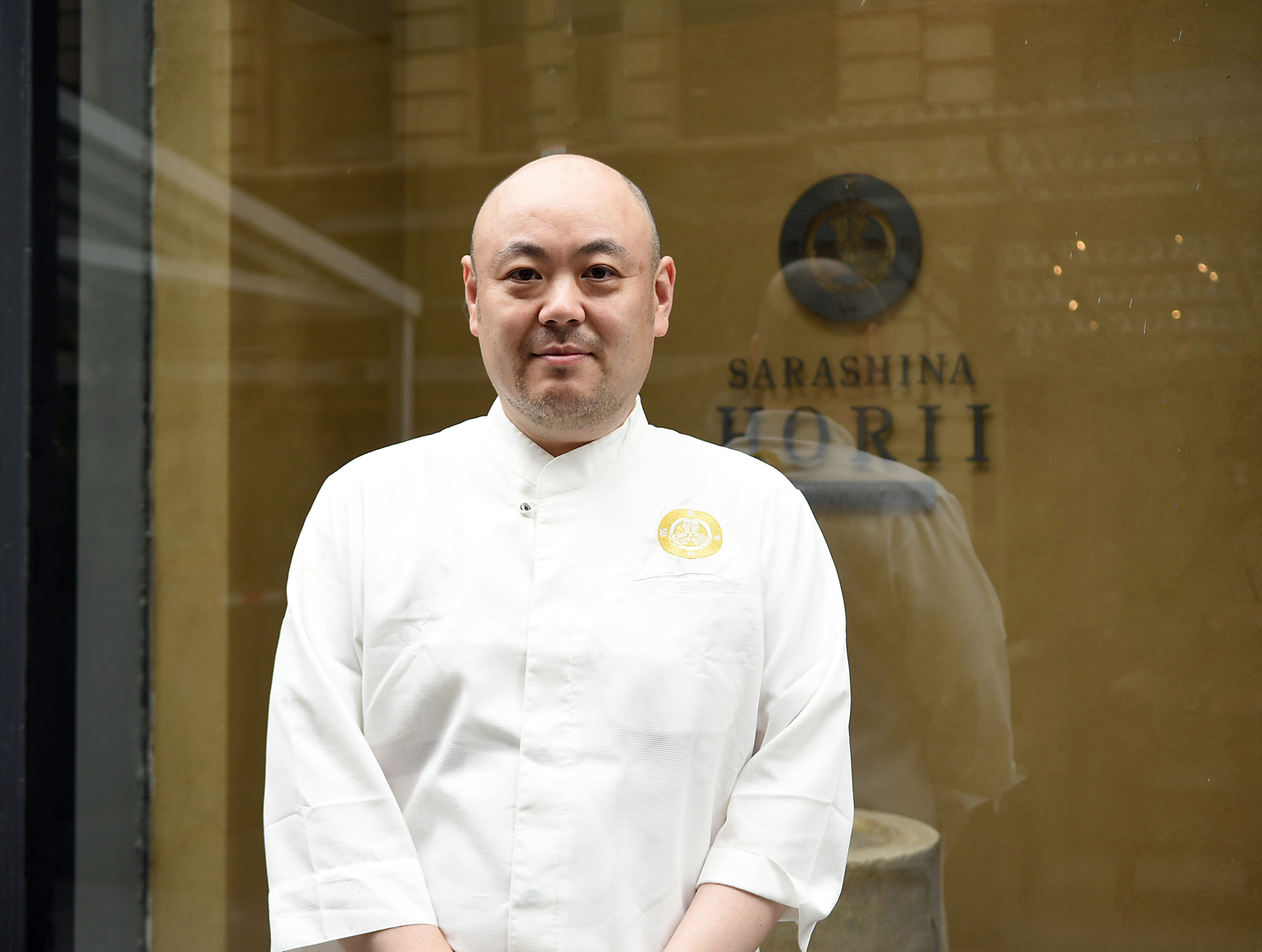
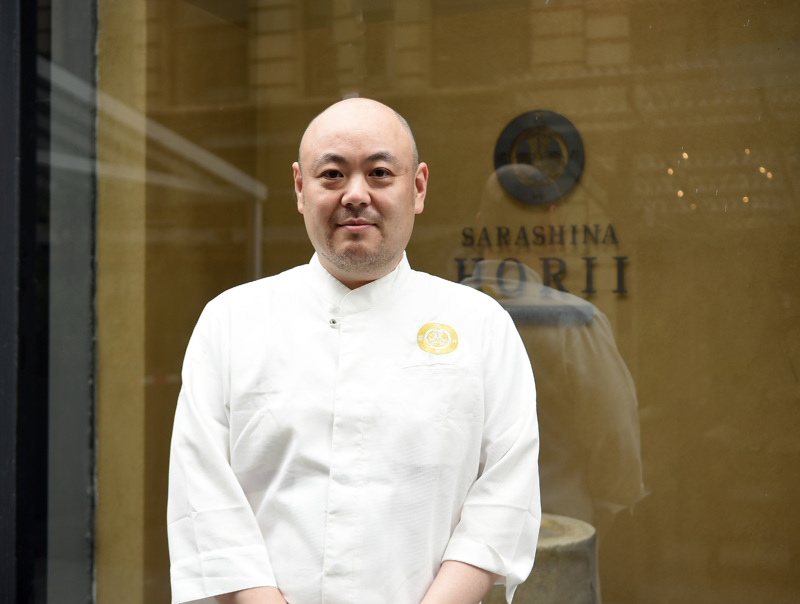
4. Tsukune
“Usually, when you order tsukune at a yakitori place, they’ll have a round piece of chicken on a skewer, but we actually use 100% duck meat, which is not common. Other places might have a blend of chicken and duck.
“We use the same Rouen duck that we use in the kamo tsuke, but we’re using the dark meat now. First, we have to grind the meat. Duck is very fatty so we have to make sure it’s very chilled — almost frozen halfway — otherwise the oil will start melting and turn into a big blob of fat. Even the heat from your hand can affect it. And then we add chopped onion, garlic, and ginger, and a sweet soy sauce seasoning while making sure to keep everything cool. We aim to make the shape of the tsukune similar to that of a Japanese hamburger patty. It’s served on a hot stone so when it arrives at the table, it’s still sizzling. And then it’s also served with a side of poached egg so customers can dip the meat into the poached egg. That’s how yakitori places do it. And it’s just delicious!”
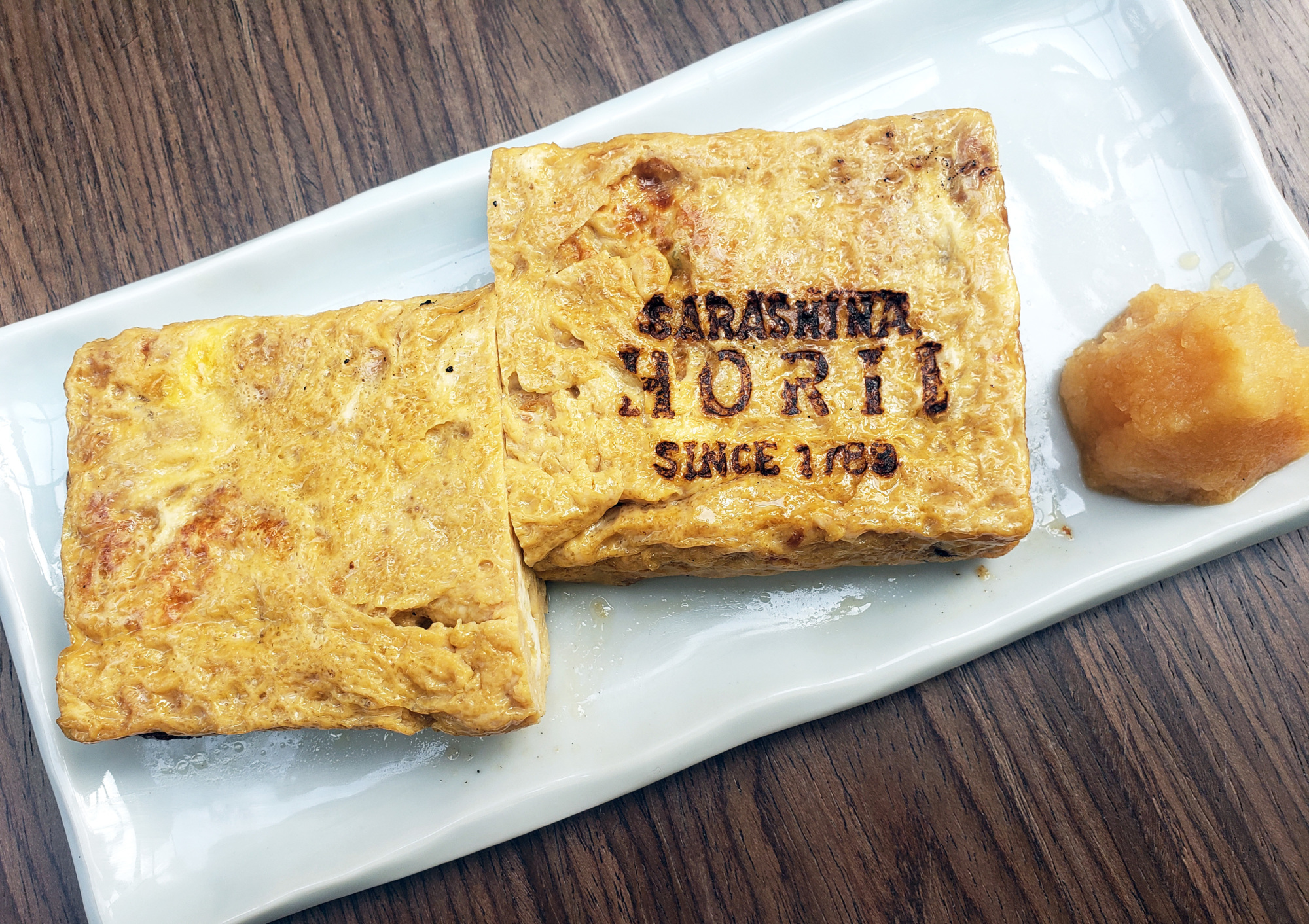
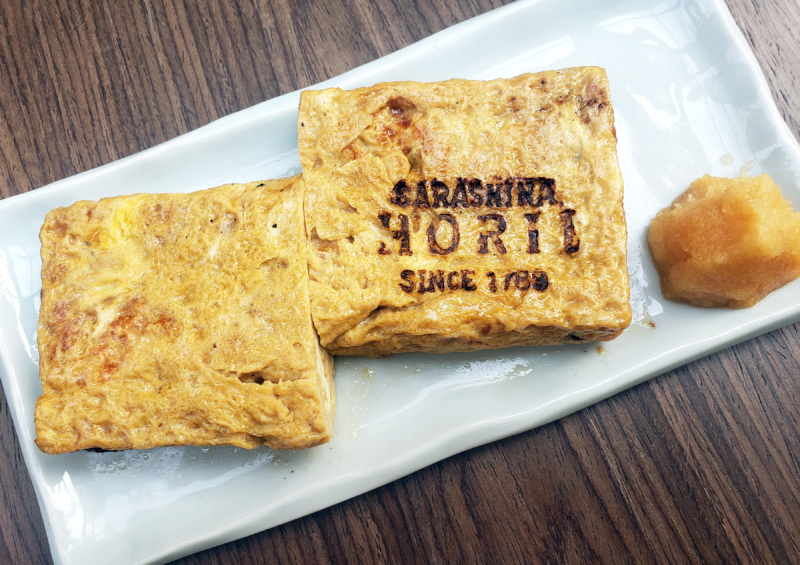
5. Tamagoyaki
“It’s very common for soba restaurants in Japan to serve tamagoyaki on the menu, mostly because they use good, high-quality dashi. So, tamagoyaki will generally taste different in every restaurant because of the dashi that they use.
“We use both our katsuo and kongou dashis. We mix our egg with mirin, soy sauce, dashis, and a touch of beet sugar. We make the omelet in our tamagoyaki pan from Japan — the same one used at Horii in Japan. And then we use a hot branding iron to put the Sarashina Horii logo on it. We follow the same exact recipe as Japan; the only thing that is different is that we are using locally sourced eggs here. In terms of flavor, our main goal is to incorporate our dashi flavor into the omelet.”
Caroline Shin is a food journalist, and founder of the Cooking with Granny video and workshop series spotlighting immigrant grandmothers. Watch her award-winning show on YouTube, and follow her on Instagram. Follow Resy, too.



